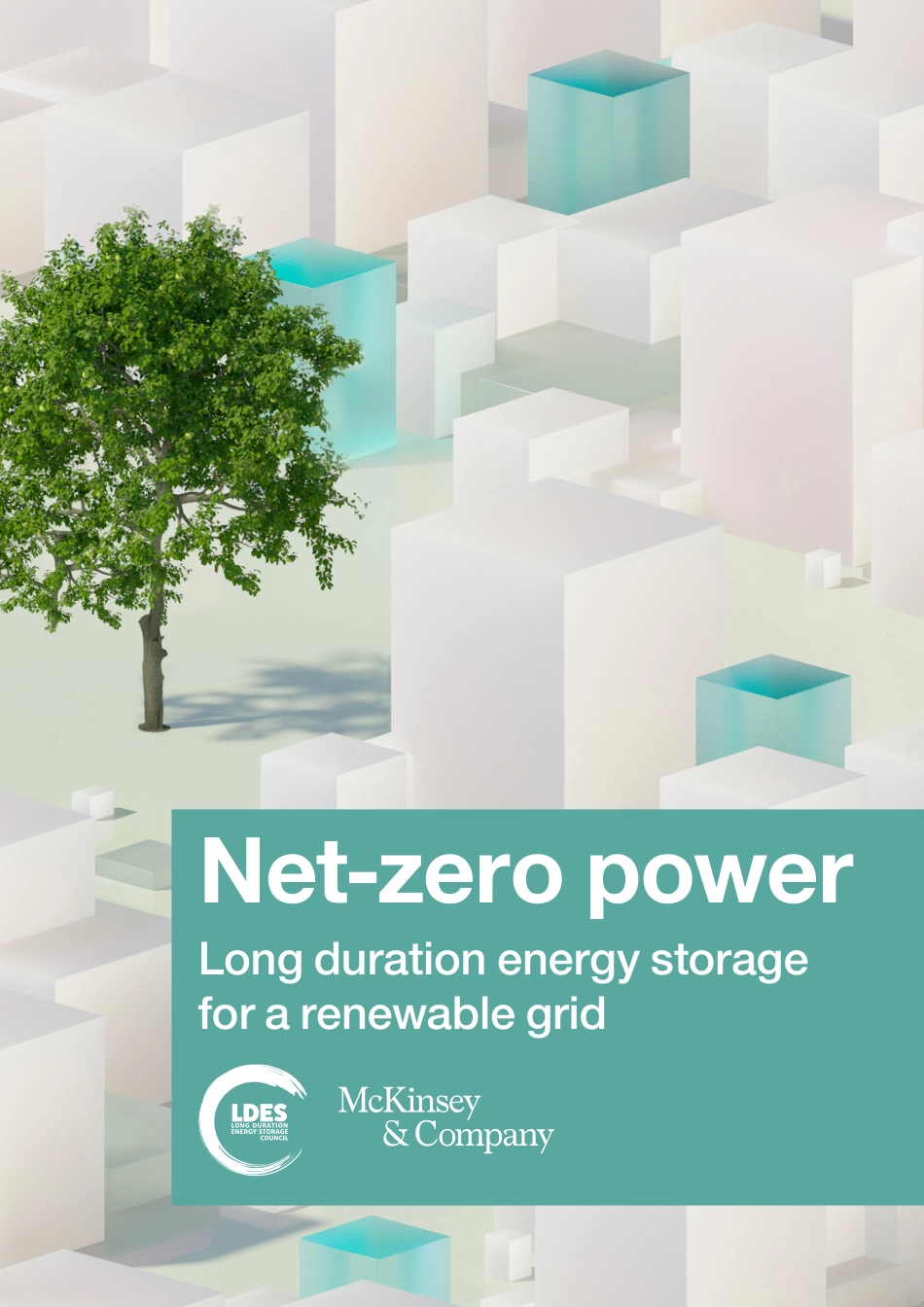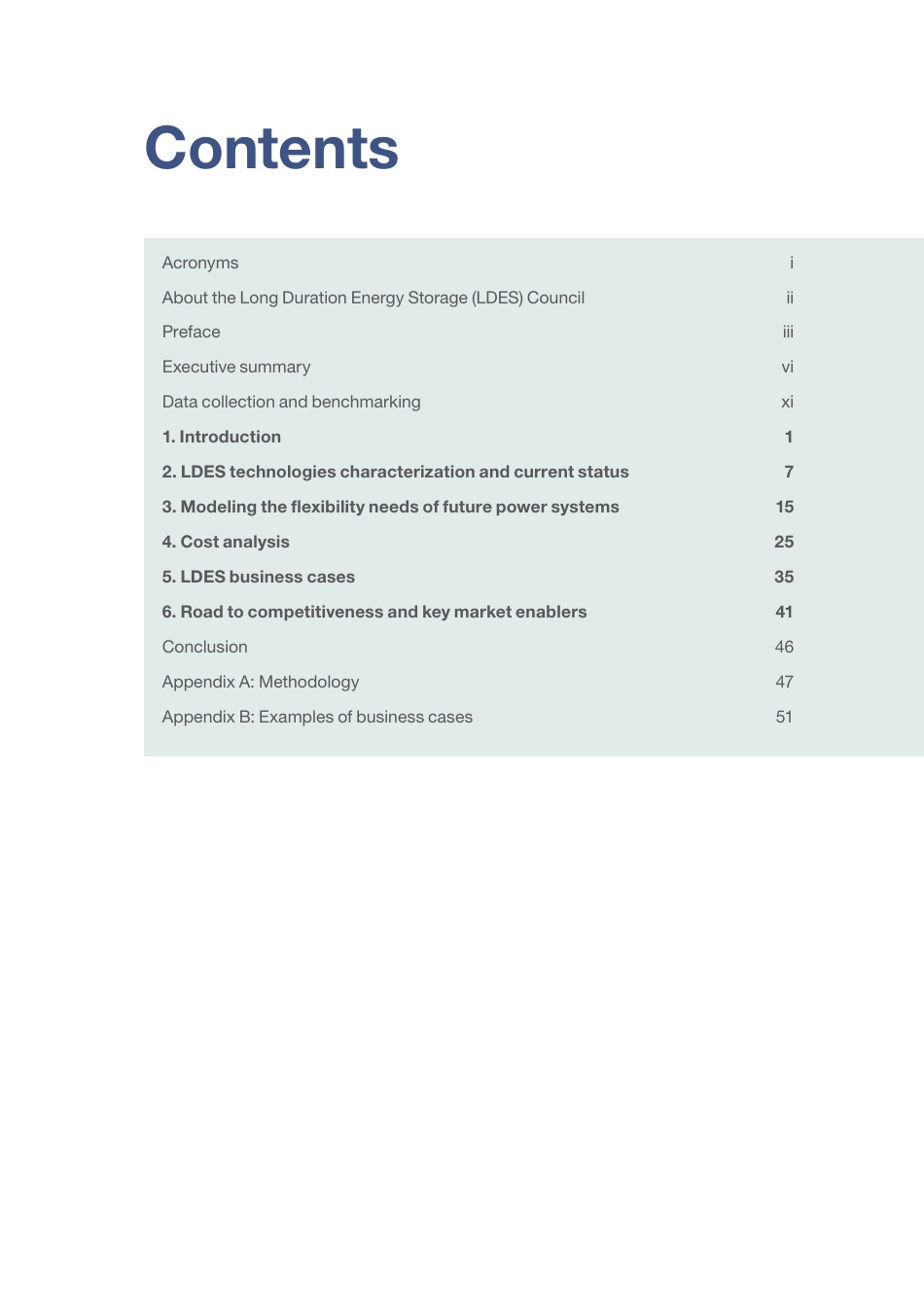Net-zero powerLong duration energy storage for a renewable gridPublished in November 2021 by the LDES Council. Copies of this document are available upon request or can be downloaded from our website: www.ldescouncil.com.This report was authored by the LDES Council in collaboration with McKinsey & Company as knowledge partner. This work is independent, reflects the views of the authors, and has not been commissioned by any business, government, or other institution. The authors of the report confirm that: 1. There are no recommendations and/or any measures and/or trajectories within the report that could be interpreted as standards or as any other form of (suggested) coordination between the participants of the study referred to within the report that would infringe EU competition law; and2. It is not their intention that any such form of coordination will be adopted. Whilst the contents of the report and its abstract implications for the industry generally can be discussed once they have been prepared, individual strategies remain proprietary, confidential and the responsibility of each participant. Participants are reminded that, as part of the invariable practice of the LDES Council and the EU competition law obligations to which membership activities are subject, such strategic and confidential information must not be shared or coordinated – including as part of this report.ContentsAcronyms iAbout the Long Duration Energy Storage (LDES) Council iiPreface iiiExecutive summary viData collection and benchmarking xi1. Introduction 12. LDES technologies characterization and current status 73. Modeling the flexibility needs of future power systems 154. Cost analysis 255. LDES business cases 356. Road to competiti...



